13 Actors Who Risked Their Health (and Sanity) for a Movie Role

Some performances come with a price tag your body and brain have to pay in full. These actors didn’t just “get into character”—they bulldozed into physical extremes, social isolation, and genuine pain to bring a role to life.
The stories behind the scenes are as riveting (and sometimes alarming) as the movies themselves. Read on, and decide whether the unforgettable results were worth the punishing bill their health had to foot.
1. Jared Leto – Suicide Squad

Co-stars didn’t just meet the Joker—they got mailed unsettling reminders he was watching. The infamous gifts (hello, live rat) weren’t a prank so much as a manifesto of how far he’d push boundaries. Staying in character off-camera changed the vibe of the entire shoot, with crew and cast perpetually on edge.
That commitment collided with post-production reality when much of the performance barely survived the final cut. Imagine sprinting a marathon, then seeing only a few steps in the highlight reel. It’s become a cautionary tale about excess preparation meeting limited screen time.
Behind the headlines was a performer testing the limits of method and etiquette. Was it bold immersion or chaos theater? Depending on who you ask, it’s either dedication gone amok or a miscalibrated risk that left nerves frayed and footage mostly on the floor.
2. Christian Bale – The Machinist

Audiences gasped before he said a word—the body told the story. Surviving on coffee, water, and tiny rations like a single apple or a can of tuna, he shed over 60 pounds to haunt the screen. Each movement reads like a whisper, bones sketching paranoia across every frame.
Transformation this radical tracked beyond aesthetics; it reprogrammed his rhythms and sleep. Even he admitted he’d gone too far, standing at the edge of what a body can tolerate. The skeletal look sold a psyche decaying in slow motion.
What came after is cinema lore: the whiplash rebound to bulk for a superhero. That pendulum swing underscores the cost of extremes. You get a performance etched in memory—and a reminder that authenticity can flirt dangerously with self-erasure.
3. Daniel Day-Lewis – My Left Foot
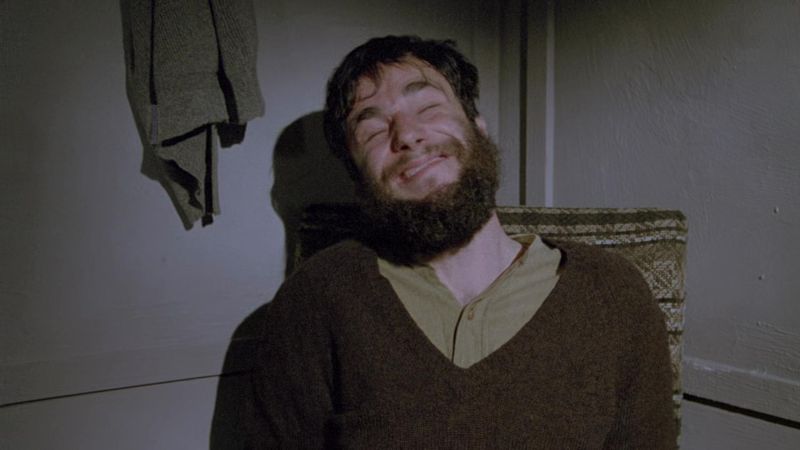
Crew learned fast: helping the star was part of the job description. Remaining in character as Christy Brown, he refused to leave the wheelchair, demanded to be fed, and stayed hunched so long he ended up with broken ribs. The set effectively became an immersive theater piece, reality bent around the role.
When you refuse comfort, you invite truth—and pain. Every scene feels lived-in because it was, right down to the physical compromises that mirror Brown’s. The emotional fidelity arrived by way of relentless discomfort.
The method yielded an Oscar and a benchmark for dedication that many still cite with awe and winces. It also raised the perennial question: how far is too far? Day-Lewis’s legacy suggests the answer is complicated, costly, and sometimes award-shaped.
4. Heath Ledger – The Dark Knight

Alone in a hotel room, he workshopped mania like a scientist of chaos. A diary of unsettling fragments, a voice that rattled, and a laugh that seemed to vibrate under the skin became his toolkit. The Joker didn’t just arrive—he seeped in.
That immersion gave the performance its electricity and fragility. Every lick of menace feels personal, a private storm weathered on camera. Viewers sensed the cost, which made the spectacle both thrilling and unnerving.
The portrayal transformed comic-book villainy into tragic modern myth. It set an acting bar that’s both inspiring and intimidating in its intensity. While the role’s toll remains debated, the legacy is clear: art can burn, and sometimes it singes the artist.
5. Leonardo DiCaprio – The Revenant

Nature became the co-star and the tormentor. Crawling through freezing rivers, sleeping in brutal conditions, and chewing a real raw bison liver (as a lifelong vegetarian) turned a survival tale into an ordeal. You can almost feel the frostbite in the wide shots.
Authenticity trumped comfort at every turn—a philosophy etched into chapped lips and shivering frames. The production chased golden-hour light and bone-deep realism, and the actor matched it step for step. It’s method by meteorology.
Audiences got a visceral experience, the kind you don’t shake off when the credits roll. Awards followed, but the wild won its share, too. The film lives as proof that the elements have impeccable direction when you let them.
6. Shia LaBeouf – Fury
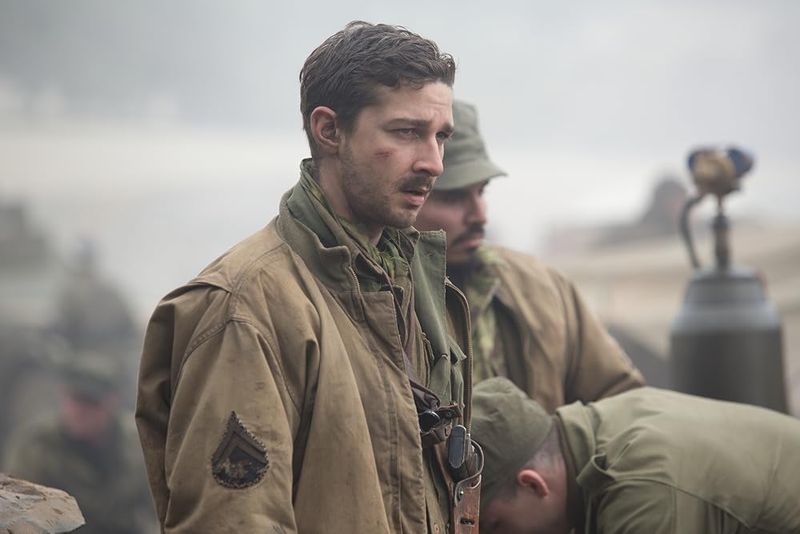
Nothing about that tank smelled like Hollywood. He stopped showering, sliced his own face to keep scars fresh, and even had a tooth pulled—a brutal trifecta that blurred dedication and self-punishment. Castmates shared close quarters with a commitment you could smell.
The gamble aimed for claustrophobic realism, where discomfort becomes a character. Those cramped shots feel oppressive because the environment actually was. You sense the grime has a backstory and the faces bear more than makeup.
Fans applauded the audacity while others winced at the extremes. Either way, the performance carries an industrial-grade weight. It’s a reminder that war movies sometimes demand battles beyond the battlefield.
7. Natalie Portman – Black Swan
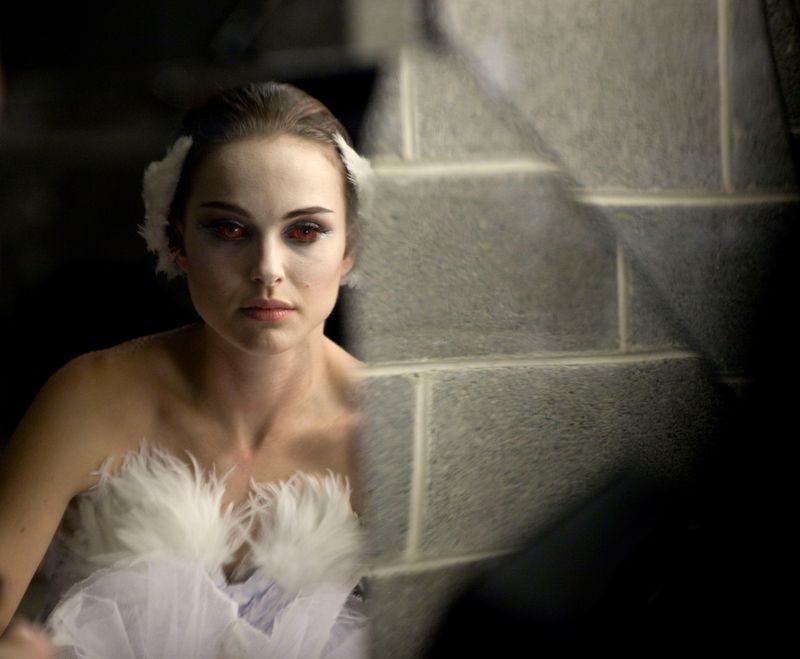
Perfection asked for a pound of flesh, and the role paid in full. Training up to eight hours a day, she sculpted a dancer’s body, shed around 20 pounds, and pushed herself until ribs dislocated. The elegance on stage hides a battlefield underneath.
Discipline became obsession, mirroring the film’s spiraling psyche. Each pirouette is labeled with pain, each breath choreographed against doubt. You can hear the metronome click like a countdown in the background.
The transformation won accolades and sparked debate about the cost of artistic rigor. She’s admitted the process nearly broke her—a confession that echoes in the film’s cracked mirrors. Beauty, it turns out, can be a contact sport.
8. Jim Carrey – Man on the Moon

Reality went wobbly when he decided to live as Andy Kaufman—and sometimes Tony Clifton—around the clock. He didn’t answer to his own name, provoked co-workers, and turned the set into an improv warzone. The film captured a performance; the documentary captured fallout.
This wasn’t mimicry; it was possession with a side of anarchy. Boundaries blurred until everyone wondered where the act ended. The chaos could be infuriating—and undeniably effective on screen.
Years later, the behind-the-scenes footage plays like a cautionary parable. Genius and disruption share a messy apartment, and rent’s always overdue. The result is unforgettable art wrapped in a very real human toll.
9. Joaquin Phoenix – Joker

Isolation did the sculpting as much as the diet. He dropped over 50 pounds and retreated inward, mapping Arthur Fleck’s paranoia across a frail frame. Every twitch and laugh feels like a symptom rather than a choice.
The loneliness onscreen comes from a very real quiet. He’s described the process as borderline insane—an immersion that tampered with appetite, mood, and routine. The body became a metronome for spiraling thoughts.
Results were seismic: awards, memes, debates, and a cultural Rorschach test about violence and empathy. The performance vibrates with discomfort you can’t easily file away. It’s a mirror most audiences aren’t ready to stare into for long.
10. Charlize Theron – Monster

Glamour exited stage left, and the transformation stormed in. She gained roughly 30–40 pounds, shaved her eyebrows, and wore painful prosthetic teeth to vanish into Aileen Wuornos. The mirror became a stranger with a thousand-yard stare.
Physical alteration unlocked a raw, unvarnished performance. You sense the weight in every slumped shoulder and every blunt inhale. It’s not just costuming; it’s a reengineering of presence.
Afterward, she admitted she’d never subject her body to that again. The accolades didn’t erase the toll—they merely documented it. Sometimes disappearing on screen means fighting to reappear in real life.
11. Matthew McConaughey – Dallas Buyers Club
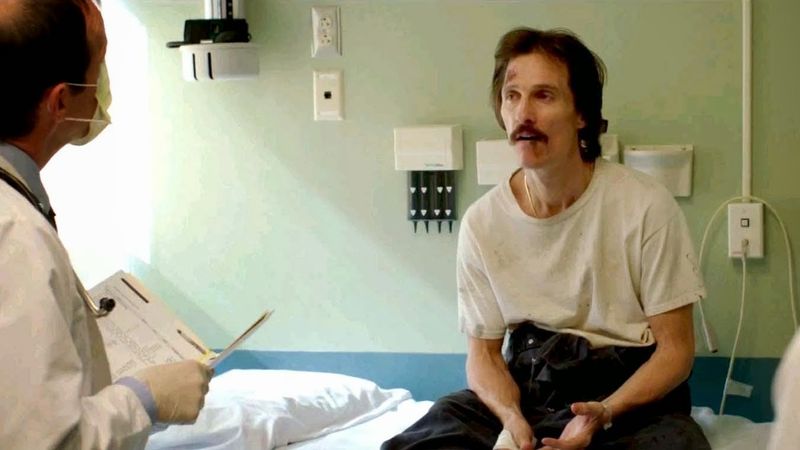
Star power dimmed on purpose so the character could flicker. He shed about 50 pounds on an austere diet—reportedly near 1,000 calories a day—with a side of willpower and stubbornness. The camera reads every notch carved into his cheeks.
That physical austerity sharpened the performance into something needly and precise. Movements look tentative, like the body is negotiating rent with itself. Authenticity arrives as a whisper you can’t ignore.
He’s said his body never fully bounced back, a sobering PS to the trophy run. The film glows with humanity, but the cost ledger is clear. Sometimes the weight of a role shows up on a bathroom scale.
12. Gary Oldman – Darkest Hour

Authenticity came wrapped in cigar smoke and consequences. He chain-smoked hundreds of pricey cigars to match Churchill’s habit, turning scenes into nicotine marathons. The bill reached tens of thousands—and the doctor’s office joined the end credits unofficially.
Between heavy prosthetics and haze, he conjured a leader under siege. The voice gravel wasn’t just acting; it had particulate matter as a co-author. You can almost smell the wartime urgency baked into the air.
Nicotine poisoning is a wild receipt to submit for art. Yet the result anchors the film with bulldog gravitas. It’s a time capsule scented in risk and resolve.
13. Dustin Hoffman – Marathon Man
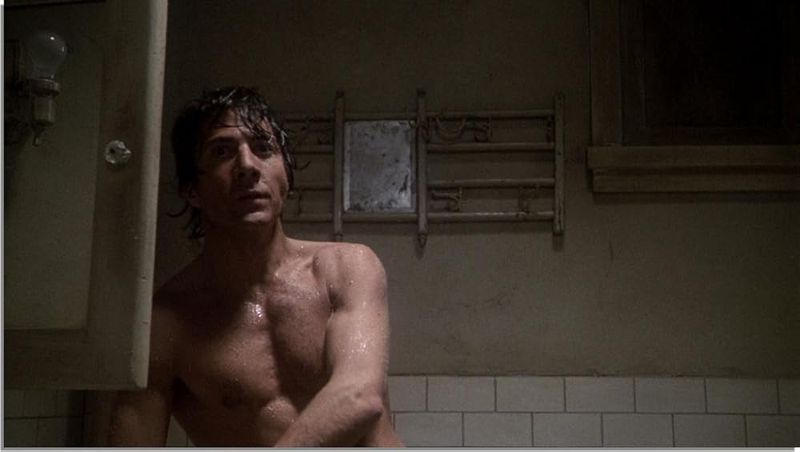
Exhaustion wasn’t faked—it was engineered. He reportedly stayed awake for days to sell a torture scene’s raw panic, crawling toward a realism that frayed his nerves. The performance vibrates like a plucked wire.
Legend has it Laurence Olivier delivered a stinging masterclass with one quip: “Why don’t you just try acting?” The line became lore, but the fatigue remained all too real. Method can be both a ladder and a trapdoor.
What’s left on screen is a time-capsule of 1970s intensity. Grit, sweat, and sleepless eyes make the thriller throb. Whether wisdom or warning, the story keeps audiences and actors wide awake.

Comments
Loading…